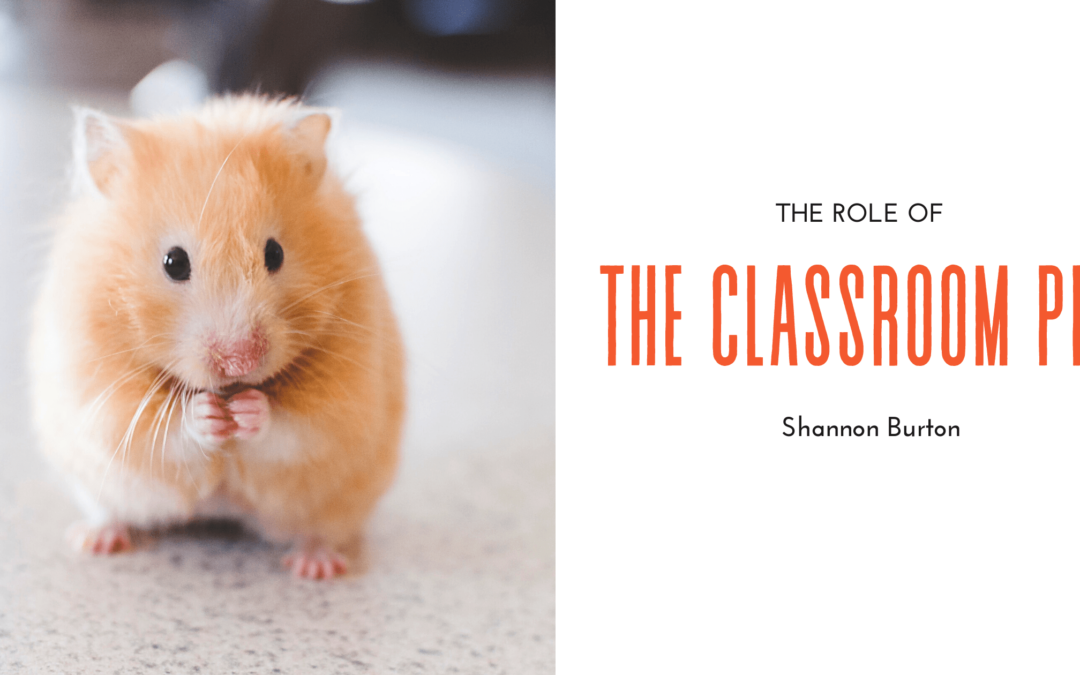Pets play a unique role in our lives. Many of us have come to think of our pets as more than just companions. They enrich our personal lives to such a great extent that we often consider them to be honored members of our families. They show us unconditional love and acceptance in a world that is often judgemental. Due to these very traits, having classroom pets can make such a tremendous positive impact on schools.
New Enthusiasm for Learning
Having a classroom pet, regardless of species, can elicit a new spark for learning from students. Beyond only learning how to take care of an animal, classroom pets can provide a sense of authentic purpose for many subjects. For instance, students can learn about the natural habitat (science) of a blue-tongued skink, determine where bearded dragons come from (geography), or utilize math skills and find out how much Squeakers, the guinea pig, weighs. Reporting on frogs’ life cycle is much more enjoyable and relevant when you’ve got a tadpole in the classroom. A classroom pet can be just the trick to engaging students.
Social & Emotional Benefits
Classroom pets can instill a sense of responsibility in students who must care for the pet. Allowing students to care for a classroom pet can encourage leadership skills and develop pride in the learning community. As students interact with animals in the classroom, they will understand how their behavior affects others and develop sensitivity and empathy for others’ needs. A classroom pet can be the bridge for some students who struggle with social interactions to make friends. We know that such social-emotional skills are crucial for students’ success in learning, future careers, and life.
Relief Anxiety, Stress, & Tension
Student emotional well-being can also be a beneficial aspect of having a classroom pet.
Animals tend to have a calming effect on children; in fact, one study reported that given the option, 40% of children choose the company of a pet when feeling sad. The same study found that children would turn to their pets when upset, tired, lonely, or scared, and that of children with pets in the home, 53% said they enjoy having a pet nearby while doing homework.
A classroom pet can help to reduce student stress and anxiety. A classroom pet can be a friendly face that allows children to feel a sense of calm. Pets can help children and adults regulate their breathing and heart rate, so they are often used in therapy sessions.
While having a classroom pet can mean additional work for the teacher, they can provide students with an incredible classroom experience. If you consider adding a pet to your classroom, it’s crucial that you do your research and choose wisely.

